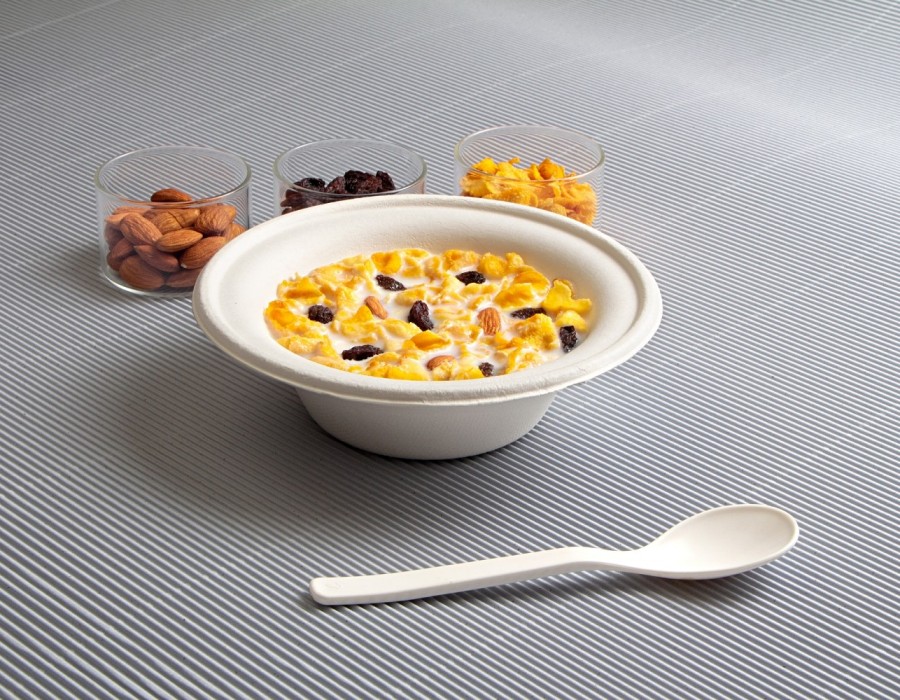Introduction
Biodegradable tableware is an innovative solution designed to address the growing problem of plastic waste. Unlike traditional plastic, which can take hundreds of years to decompose, biodegradable tableware is made from natural materials that break down much faster. These materials typically include cornstarch, sugarcane, and bamboo, which are renewable and sustainable resources. The science behind biodegradable tableware lies in the composition and the microbial processes that facilitate its decomposition.
The Decomposition Process
The decomposition of biodegradable tableware occurs through the action of microorganisms such as bacteria and fungi. These organisms break down the natural polymers in the tableware into simpler organic compounds. For instance, cornstarch-based products decompose through a process called hydrolysis, where water molecules break the bonds in the starch polymers. This process is followed by microbial digestion, where bacteria consume the smaller molecules, eventually converting them into carbon dioxide, water, and biomass. This cycle not only reduces waste but also contributes to soil health when the decomposed materials are returned to the earth.
Environmental Benefits
The environmental benefits of biodegradable tableware are significant. Traditional plastic products contribute to pollution and pose a threat to wildlife and ecosystems. In contrast, biodegradable tableware reduces the volume of waste sent to landfills and decreases the environmental footprint of disposable products. Additionally, the production of biodegradable materials often requires less energy and emits fewer greenhouse gases compared to conventional plastic manufacturing. By opting for biodegradable options, consumers can actively participate in reducing plastic pollution and promoting a more sustainable lifestyle.
Why It Matters
The importance of biodegradable tableware extends beyond environmental conservation. As global awareness of sustainability grows, businesses and consumers are increasingly seeking eco-friendly alternatives. Biodegradable tableware meets this demand by providing a practical and responsible choice for single-use products. It supports the circular economy by ensuring that products return to the earth rather than accumulating in the environment. Furthermore, the adoption of biodegradable tableware can drive innovation in materials science, leading to even more efficient and sustainable solutions in the future.
Conclusion
Biodegradable tableware represents a crucial advancement in the fight against plastic pollution. By harnessing the power of natural materials and microbial processes, it offers a sustainable alternative that aligns with the growing demand for eco-friendly products. Understanding the science behind its decomposition and the environmental benefits it provides highlights why making the switch to biodegradable tableware is not just a trend, but a necessary step towards a healthier planet.





Comments